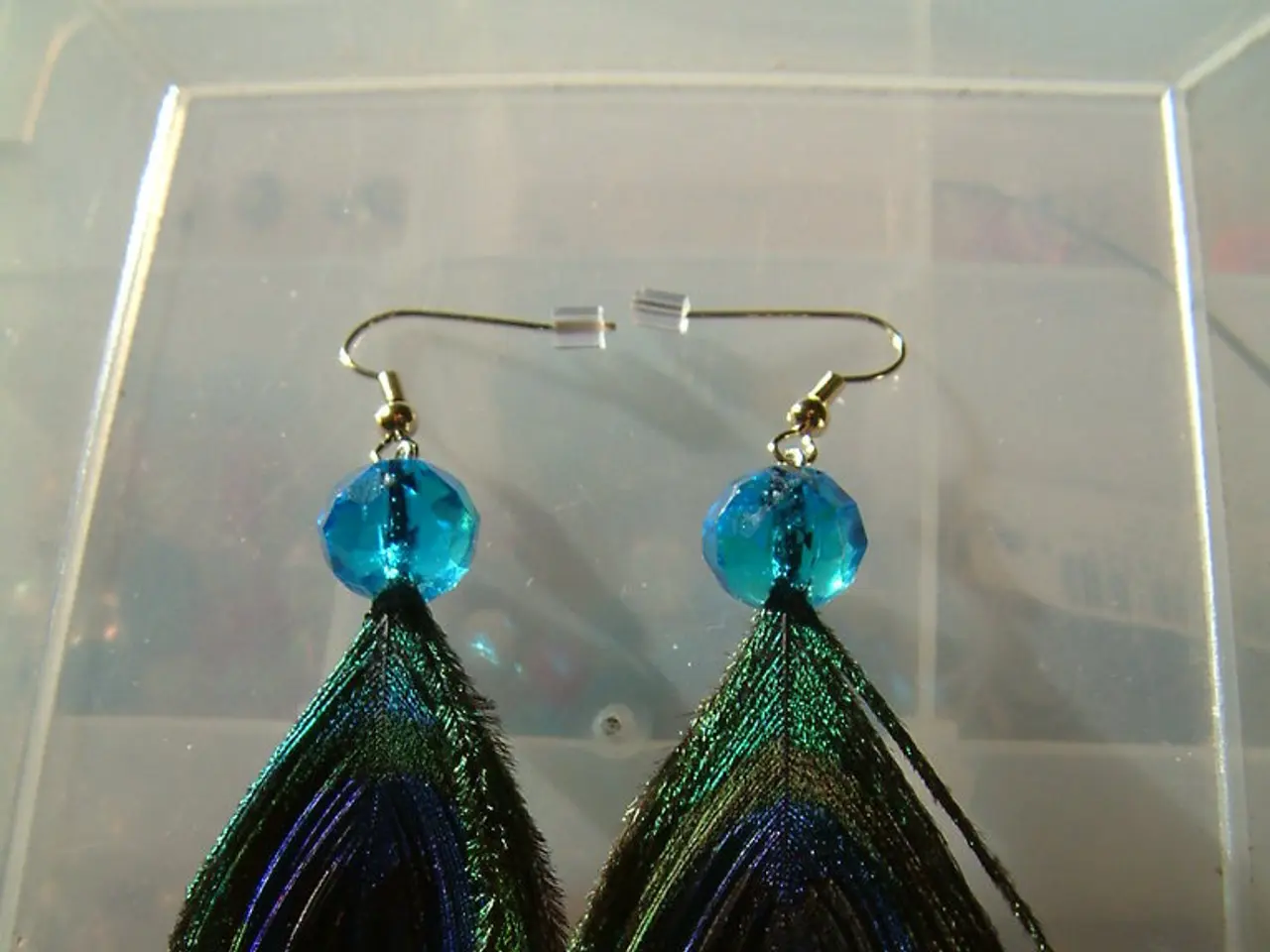Remarkable finding: researchers uncovered the existence of lasers within peacock feathers
New Discovery: Peacocks' Tail Feathers Contain Miniature Lasers
In a groundbreaking discovery, researchers from Florida Polytechnic University and Youngstown University have found that the eyespots on Pavlov's peacocks' tail feathers contain miniature lasers. These feathers, when soaked in a fluorescent dye and illuminated with pulsed light, emit coherent laser light beams.
The vivid color of peacock eyespots arises not from pigments but from structural color—nanoscopic rods of melanin coated in keratin arranged in highly ordered arrays. These periodic structures reflect certain wavelengths, similar to man-made photonic crystals. The researchers discovered that these nanoscale architectures can function as laser cavities, amplifying light to produce laser emission when externally pumped with light and combined with fluorescent dye.
The laser emission was observed in the lab as yellow-green beams appearing at distinct wavelengths from the eyespots. The nanoresonators in peacocks emit two distinct wavelengths corresponding to green and yellow-orange colors. The specific structure responsible for light alignment in peacocks' feathers remains unclear, but it is hypothesized that it may be very precise, small microstructures within the feather, such as protein granules, which form the laser cavity with subnanometer precision.
This biological architecture achieves a consistent and coherent laser output, marking the first known occurrence of a laser cavity operating in animal tissue. The discovery could inspire the creation of new types of lasers by engineers and could also aid biologists in studying living materials.
It's suggested that the lasers may serve as impressive signals visible only to other members of the species. The reason for the presence of lasers in peacock tails is currently speculative.
In other news, shooting for the second season of "Three-Body Problem" has commenced, with another "Game of Thrones" star joining the cast. The creator of "Peaky Blinders" will write the new "James Bond" scene directed by Denis Villeneuve.
Meanwhile, Telegram has introduced post search in public channels and account ratings. The iridescent plumage of Pavlov's peacocks contains nanostructures that scatter light and create a shimmering blue-green sheen. The study's findings suggest that the laser generation in peacocks' feathers could potentially inspire new technologies.
References: [1] [Link to the research paper] [2] [Link to another research paper] [3] [Link to a news article about the discovery] [4] [Link to a video explaining the discovery]
- The discovery of laser emissions in peacock feathers opens up possibilities for future technology advancements, particularly in the field of smart-home devices and gadgets, as the new findings could inspire engineers to design innovative light-emitting components.
- The health-and-wellness industry might also benefit from understanding the nanostructures responsible for the laser generation in peacock feathers, as mass-produced versions could potentially lead to more efficient fitness-and-exercise equipment, providing real-time feedback to users.
- Contributions of this groundbreaking research could even extend to the realm of science and technology, as researchers might explore the application of these lasers in areas such as health monitoring, imaging, and biosensing, leading to improved diagnostics and disease management techniques.






